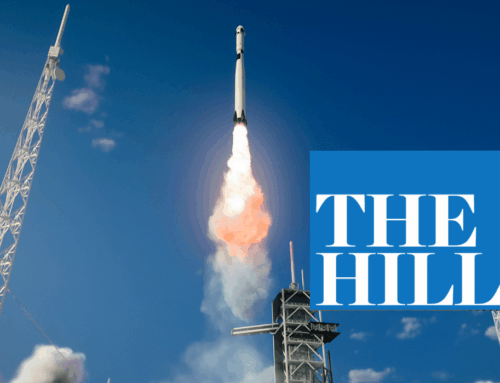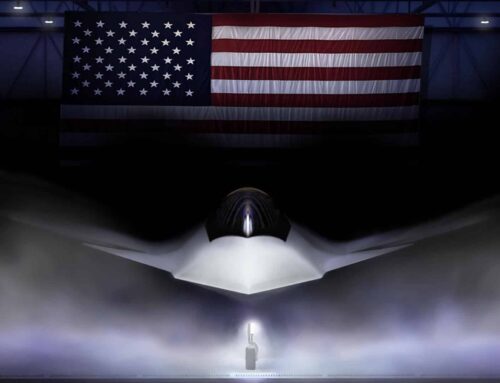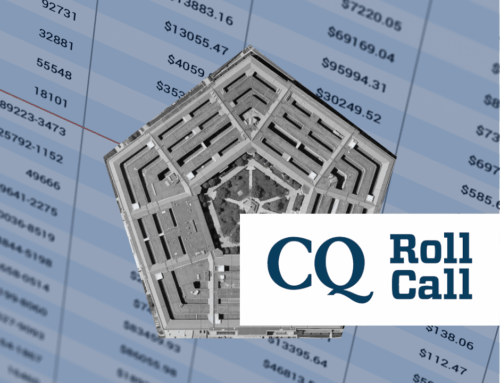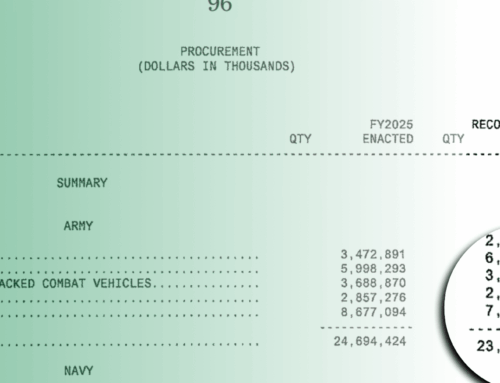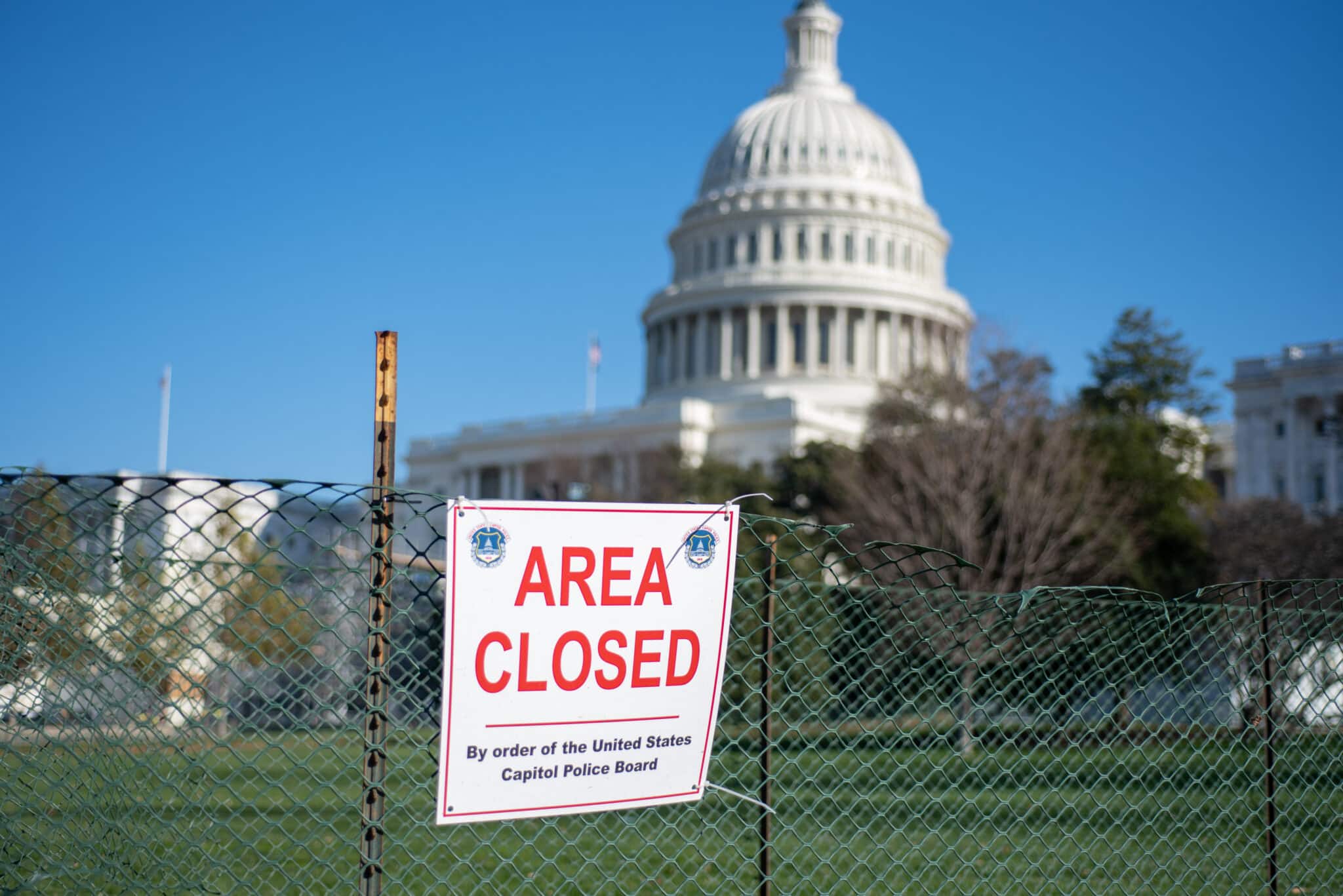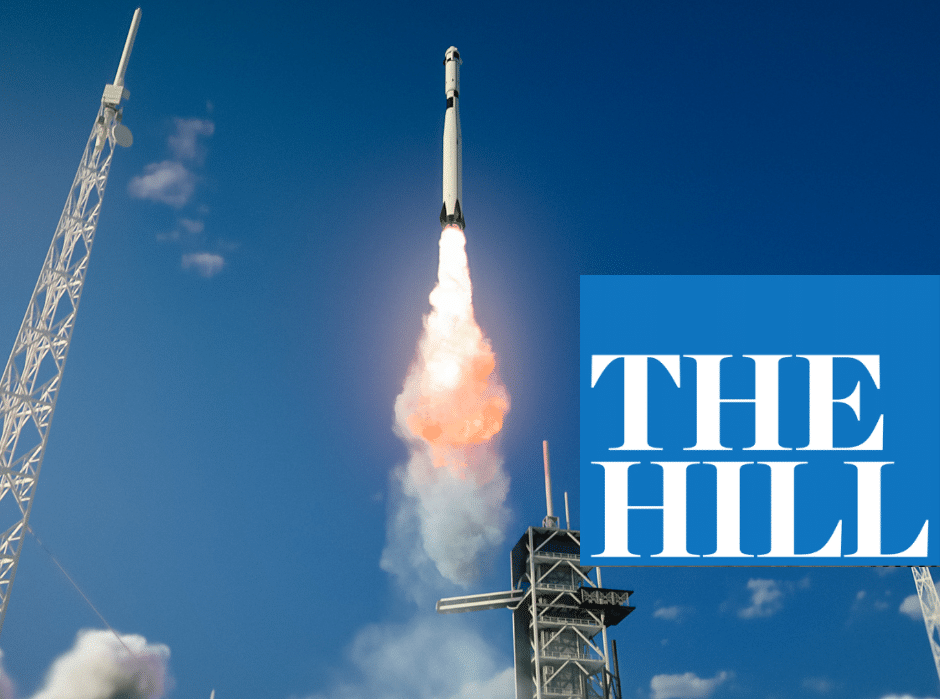Space is crucial to our national security, and we’ve got the skyrocketing budgets to prove it. The United States spends billions on military space programs each year, spread out over the military services as well as myriad offices and agencies. Yet there is no central authority for tracking defense-related space spending, either within the Department of Defense (DOD) or across other federal agencies that provide satellites, sensors and services for use in our national defense.
Without this birds-eye view on spending, those who determine our space and national security policy—in the White House, on Capitol Hill and at the Pentagon—do not have a crucial tool for setting spending priorities. Priorities are necessary to make sure our military is supported and taxpayers’ dollars well spent. A transparent, accountable budget is particularly vital in light of the troubled history of space acquisitions, which has resulted in major programs running so far over budget and behind schedule that many of them still have not deployed after many years and billions of dollars.
Now Taxpayers for Common Sense has for the first time tracked military-related space spending across the federal government. Among our findings:
-
U.S. spending on space programs used for national security is steadily rising, jumping more than 40 percent between Fiscal Years 2005 and 2009;
-
More than 20 percent of military-related space spending now comes from agencies outside DOD, such as the National Aeronautics and Space Administration (NASA), and the National Oceanic and Atmospheric Administration (NOAA);
-
Spending on “space control,” the mission area that protects U.S. space assets, increased 37 percent over the past five years to nearly $1 billion in Fiscal Year 2009. This is notable because of the military’s recent empowerment of space control programs to destroy threatening assets.
-
Space situational awareness programs—an element of space control benefiting from many Congressional earmarks in spending bills—have jumped by 35 percent to $560 million.
-
Space and space-related missile defense programs benefit significantly from earmarks, attracting at least 75 earmarks worth $221 million in Fiscal Year 2008 alone.
- Twelve programs have seen cost growth of more than 200 percent in the past five years, particularly space control programs such as the Air Force’s Space Control Technologies program element (570 percent) and the Army’s Ground-Based Space Control Systems project (650 percent).
For details about military space programs, view the complete database. For a look at some of the most wasteful projects, read our full report. Learn about the dangers of spending big on space without clear priorities in this Space News op-ed. And check out our methodology to see how we arrived at our conclusions.
For more information: Laura Peterson, laura [at] taxpayer.net



